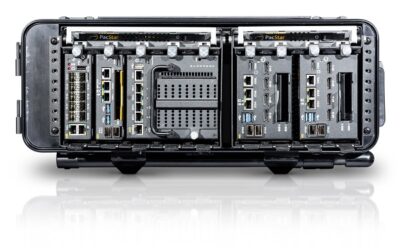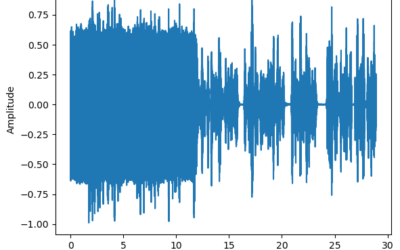Improving Kill-Chain Effectiveness
In future high-intensity conflict, the ability to rapidly detect, identify and engage an enemy will dictate the outcome of battles.
The US Army is concerned that against near-peer adversaries such as Russia or China, which possess modern, capable platforms and weapons equal to its own, its kill-chains – which process an engagement by connecting sensor platforms to shooters – will not be fast enough to react.
Col Rory Crooks, Director of Concepts at the US Army’s Futures and Concepts Center (FCC), told MON that technology is bringing about significant changes on the battlefield. “I think we will see the speed and intensity in the operational environment increasingly dramatically.” FCC expects that significant amounts of weaponry will be deployed in operational theatres, including long-range fire assets such as rockets, mortars, artillery and air support.
But Crooks warned that existing kill-chains are too ‘exquisite’ – meaning that sensors are designed to work only with specific weapon systems in a single application. Though very efficient, the problem is that target data cannot be easily transferred to other systems for wider use.
“We need to have the ability to execute simultaneously hundreds of kill-chains in probably just a few hours and to do that you can’t have exquisite purpose-built kill-chains,” Crooks explained. His plan is to introduce a concept whereby any sensor can use any C2 node to connect to any weapons platform to engage the right capability needed in near real-time. “What we are finding is whether it is ‘human in the loop’, ‘human on the loop’ or ‘machine-man teaming,’ I think we will find a role for automation.”
Automation can certainly speed up the processes of identifying a target and transmitting the right data to decision-makers, but the use of artificial intelligence (AI) and machine learning is still in its infancy. AI is good at identifying patterns, but is not able to put these into context, which is why a human interlocutor is essential.
This automation should not be relied upon to solve all an operator’s problems, but should instead be applied in particular areas, Crooks suggested. “Where we see the appropriate pairing in terms of C2 is that the AI can do some of the staff ‘nug work’ […] that is mindless [and] repetitive, to get the relevant information we need to make decisions […] more rapidly and to enable what we need to employ the capabilities across a joint force to find and engage the adversary,” he stated.
He envisages the use of a mixture of network assets to relay target information from any sensor on any platform to a commander in the fastest and most reliable way possible. This can include non-traditional platforms, such as transport helicopters, that are not surveillance or target acquisition platforms but still have standard sensors on board that could be used.
Algorithms that can use the data from these to automatically identify targets and transmit this information across multiple domains: sea, air, space and ground networks to complete a kill-chain. Bringing these assets into the surveillance network can expand situational awareness to achieve a near-real time response, giving the US Army the advantage on the future battlefield.
Tim Fish in New Zealand for MON

























